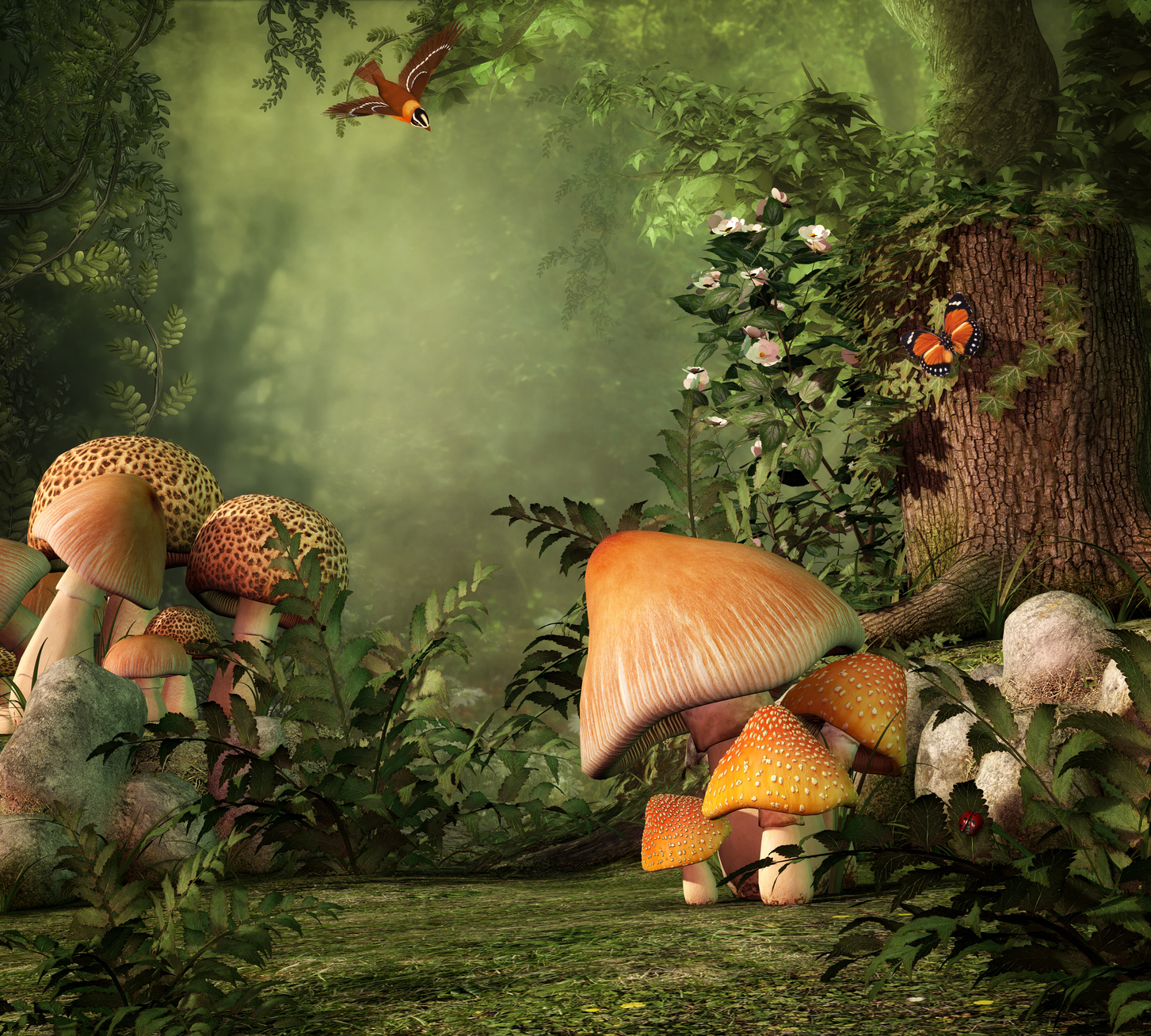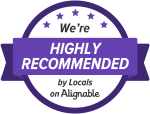 Healthy Foods and Proper Food Combining
Healthy Foods and Proper Food Combining
Pictures Are Worth a Thousand Words!
Healthy foods – when combined properly and used consistently – can have wonderful illness-prevention properties and may reduce bloating, gas, reflux, and other yucky symptoms!
I found a great site, Shape-Able.com. which elaborates on several kinds of foods that are best to address specific conditions. I encourage you to go to their site. However, I’ll share a few of their pictures (with permission) to give you examples. Then, you’ll know it’s worth the time to investigate more on their website!
I am not a nutritionist. Most of the classes I teach are about personal or professional development and other ways of being or becoming healthy. Examples include setting boundaries, self-care, stress reduction, meditation, working with chakras, “energy work” – like Reiki, and learning techniques for changing fears and limiting beliefs so that you can meet your personal and professional goals. However, I KNOW THAT “WE ARE WHAT WE EAT,” so I want to share this great information with you. If you want to know more about my specialties, see the Contact Us info at the end of this blog or email me at GetWellStayWell@outlook.com. Do yourself a favor, though, and see the healthy food info below first.
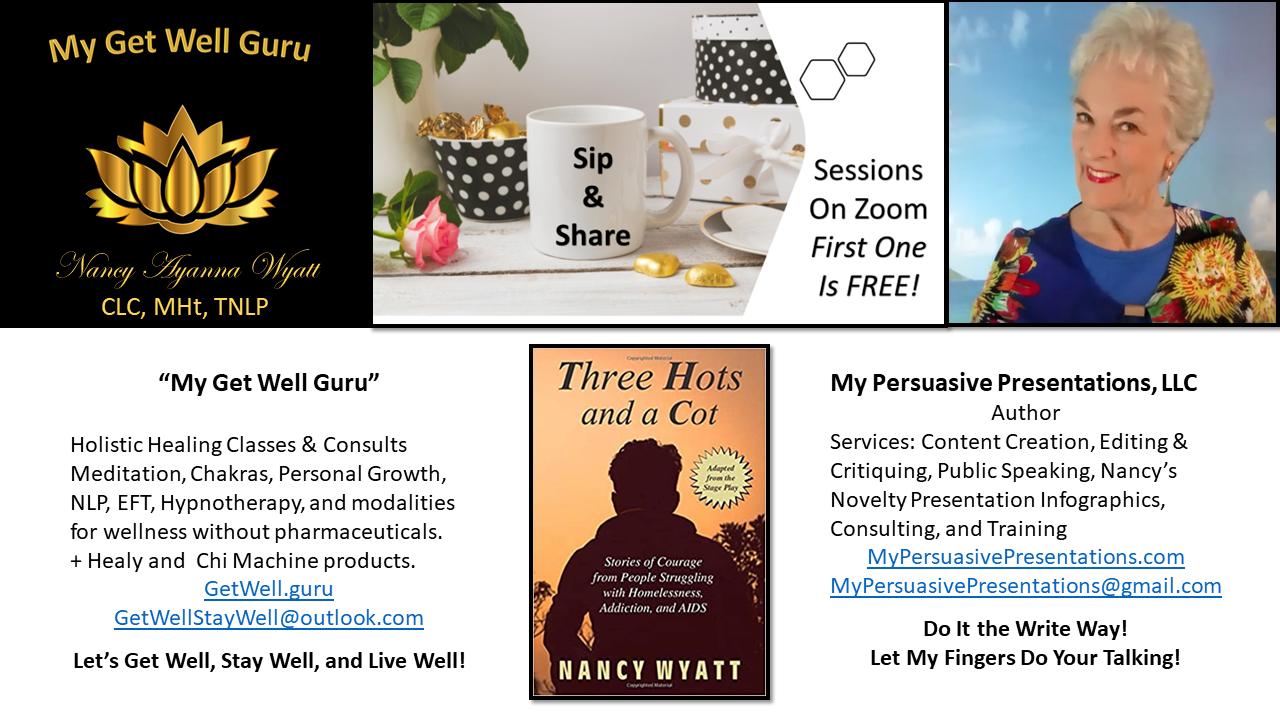


 Healy Helps, and that’s No Lie!
Healy Helps, and that’s No Lie! Unlike them, Healy is an IMF (Individualized MicroFrequency) device that can scan your body for deficiencies and then provide the scientifically-derived frequencies you need to bring you back into a healthy balance. It works on physical, mental, emotional, and spiritual levels.
Unlike them, Healy is an IMF (Individualized MicroFrequency) device that can scan your body for deficiencies and then provide the scientifically-derived frequencies you need to bring you back into a healthy balance. It works on physical, mental, emotional, and spiritual levels.


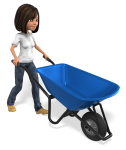 I live in the woods. I tested positive for allergic reactions to trees, shrubs, and grasses. I AM “the gardener.” I mow my own grass and tend to the plants on two acres of land. Some might see these allergies as an issue. Ya think? What about you? Anyone can develop allergies at any age. How can you figure out whether your symptoms indicate that you have allergies, a cold, or a sinus infection, or they result from a different condition like a
I live in the woods. I tested positive for allergic reactions to trees, shrubs, and grasses. I AM “the gardener.” I mow my own grass and tend to the plants on two acres of land. Some might see these allergies as an issue. Ya think? What about you? Anyone can develop allergies at any age. How can you figure out whether your symptoms indicate that you have allergies, a cold, or a sinus infection, or they result from a different condition like a I’m not a doctor, and I am neither diagnosing nor treating any conditions. Instead, let me share information from the experts in this field. Then, please ask your health care provider for advice for your own situation.
I’m not a doctor, and I am neither diagnosing nor treating any conditions. Instead, let me share information from the experts in this field. Then, please ask your health care provider for advice for your own situation. (Remember, not all allergies occur in Spring. Each season has its own specialties.)
(Remember, not all allergies occur in Spring. Each season has its own specialties.)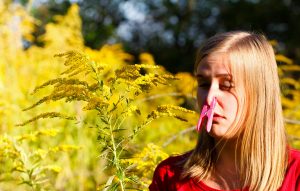 The symptoms display themselves in the sinuses, nose, and eyes. They like to drive you crazy! However, the real source of the issue is an overactive immune system attacking things which actually would not harm you.
The symptoms display themselves in the sinuses, nose, and eyes. They like to drive you crazy! However, the real source of the issue is an overactive immune system attacking things which actually would not harm you.
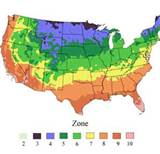
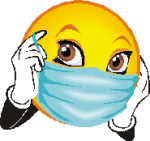 Tips for Gardening to Avoid Symptoms of Allergies
Tips for Gardening to Avoid Symptoms of Allergies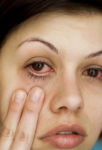 Don’t touch your face and eyes while working outdoors. That’s easy to say, but hard to do. It also applies to life, in general. You have touched doorknobs, toilet handles, food, phones, car doors, desks, keyboards, etc. All these things are covered in germs which should not be transferred to your eyes or face. Do your best to stop. Wash your hands, wrists, and forearms often. If you get something in your eye, flush it out with water or an eye wash solution. Don’t rub it. Do what I say, not what I do!
Don’t touch your face and eyes while working outdoors. That’s easy to say, but hard to do. It also applies to life, in general. You have touched doorknobs, toilet handles, food, phones, car doors, desks, keyboards, etc. All these things are covered in germs which should not be transferred to your eyes or face. Do your best to stop. Wash your hands, wrists, and forearms often. If you get something in your eye, flush it out with water or an eye wash solution. Don’t rub it. Do what I say, not what I do!